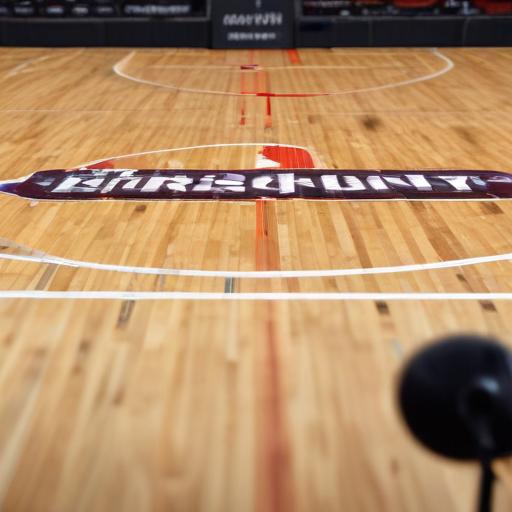Brian Windhorst, a prominent analyst for ESPN, recently shared his thoughts on the current landscape of NBA media, emphasizing that while the league itself is thriving, the coverage surrounding it often leans negative. This disconnect, he believes, highlights a growing challenge within sports journalism where essential storytelling components are being overlooked.
Windhorst pointed out a troubling trend in NBA media: a significant decline in access and rapport between players and journalists. He noted that present-day NBA arenas and facilities have made it much easier for players to dodge the media, which diminishes the opportunity for authentic storytelling. In the past, locker rooms served as ideal hubs for interactions, fostering deeper connections between players and reporters. Now, many players head straight for private areas, creating a gap that impacts how the stories surrounding the league are told.
The analyst criticized the current “gotcha journalism” prevalent in sports reporting, where snippets of player comments are often taken out of context to create sensational headlines. This trend not only frustrates players but also detracts from the nuanced narratives fans crave. Windhorst expressed concern that these shifts limit the avenues for engaging, story-driven content about the league, ultimately hurting the connection with fans.
Looking toward the future, Windhorst is hopeful that NBA reporting may return to its storytelling roots, possibly reinvigorated by new insights and approaches. He acknowledged successful figures like Shams Charania in breaking news but suggested that player-driven media might see a decline as financial investment in that area wanes. With the upcoming changes in media partnerships, particularly with Amazon and NBC set to air games in the near future, he believes that this could bring about significant shifts in how NBA stories are delivered to fans, although the extent of the impact remains uncertain.
Windhorst hopes that the landscape will evolve to support richer narratives and foster stronger ties between players and their audiences. His insights suggest potential for the media cycle to improve, benefiting both the league and its fans moving forward.
